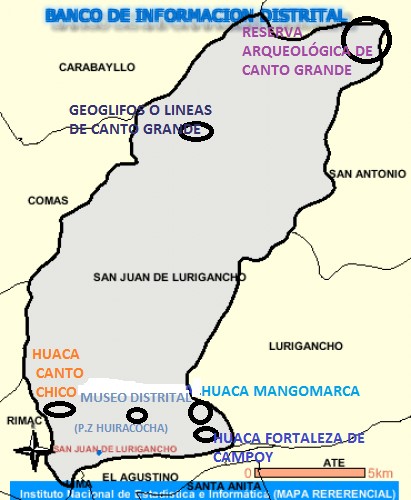¿Por qué no apreciamos nuestro patrimonio cultural arqueológico? El caso de Canto Chico, una comunidad de San Juan de Lurigancho en Lima, Perú
DOI:
https://doi.org/10.33017/RevECIPeru2016.0014/Keywords:
cultural heritage, Canto Chico, San Juan de LuriganchoAbstract
Peruvians always hear "we want what is ours", this is said by the publicity spots of Prom Peru, This always mention it in schools at different levels of schooling, the speech is the simple: Machu Picchu, Kuelap among other places, make us Special and therefore - like the rest of archaeological sites - should deserve our respect and care but it seems that this call has no greater repercussion, because, despite everything from this speech, Peruvians continue to mistreat the archaeological cultural heritage. Thus we have a diversity of archaeological sites scattered throughout our country that are abandoned despite being within fully populated localities. And rather, these communities, far from becoming their defenders, became predatory Heritage.
To exemplify this problem, a locality was chosen which is a good example of this. Canto Chico is a community located in the district of San Juan de Lurigancho, one of the largest districts of the city of Lima. This community created in 1966, has one of the most emblematic archaeological sites of the district: La Huaca "Canto Chico" dating from the Inca period (XV century AD). This huaca, at first, was much bigger than it is now, the people settled on this one and thus, with the passage of time disappeared much of its infrastructure, (for example the police station and the church of the community Settle on what was the huaca) being, at present only one section.
The Peruvian State - through the National Institute of Culture (now the Ministry of Culture) tried to socialize the archaeological heritage among the residents of the community with unsuccessful results. Thus the huaca has been in danger disappearing completely in several occasions in the hands of the own neighbors. The article seeks to explain why despite the process of socialization of heritage this has not worked and the archaeological heritage of this town is still considered a hindrance for its members.


